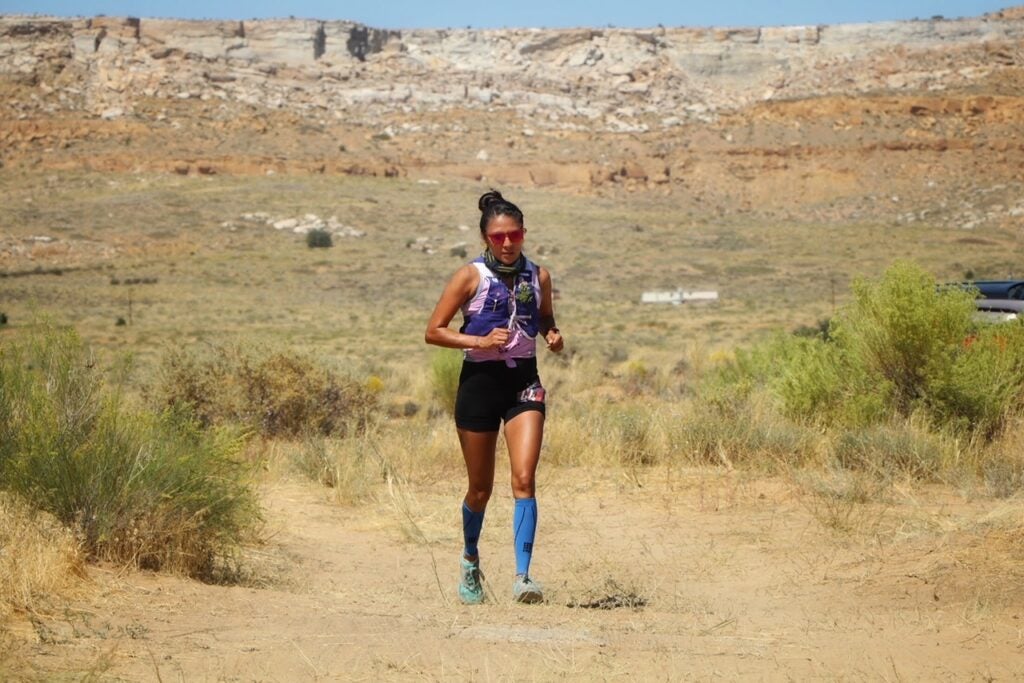Exploring the Spiritual Significance of Prayer Runs in Indigenous Cultures
Running holds profound cultural and spiritual significance for many Native peoples, serving as a sacred form of prayer that embodies ancestral traditions. This practice not only connects individuals to their heritage but also unifies diverse Native cultures through shared values and beliefs about endurance and reverence. Despite the variations in practices, the common thread remains an inherent bond with nature and spirituality.
Intentional Running: A Pathway to Connection
For Indigenous runners, the act of running transcends mere physical exercise, evolving into a deeply intentional practice. Runners often engage in this activity to honor their ancestors, seek healing, or express gratitude. As they lace up their shoes, they acknowledge the significance of every step taken, viewing it as a form of communion with the natural world around them. This approach to running serves to enrich their connection with both their spiritual beliefs and the environment.
The Voice of Experience: Caroline Sekaquaptewa’s Perspective
Caroline Sekaquaptewa, a 49-year-old citizen of the Hopi tribe, has left an indelible mark in the realm of long-distance running. With ten finishes in the Boston Marathon under her belt, she embodies the required spirit of her lineage. Sekaquaptewa emphasizes that running is a communal act, meant to uplift those who are struggling or unable to run. “You run for everyone,” she explains, defining her runs as prayers that bring strength to the community.
Jordan Marie Whetstone on Prayer Runs as Community Acts
Jordan Marie Whetstone, a 35-year-old Lakota runner, adds another layer of understanding to prayer runs, emphasizing their historic and contemporary significance. “Prayer running isn’t new,” she asserts, highlighting its roots in Indigenous culture. Introduced to this practice through various advocacy groups, Whetstone recognizes the powerful role these runs play in raising awareness about protecting sacred Indigenous sites. For her, running is not about speed or competition but about running for the greater good, reflecting a deeper purpose.
Dustin Martin and the Cultural Heritage of Running
Dustin Martin, a 33-year-old Navajo and executive director of Wings of America, provides historical context to the practice of prayer running, recounting tales of hero twins who exemplified the connection between endurance and spirituality in the Navajo tradition. This historical background underscores the long-standing relationship between running and the community, emphasizing that it’s not merely for personal achievement but for collective upliftment. “Prayer running is inextricable from the Indigenous land itself,” he asserts, indicating that these practices have evolved alongside Indigenous connections to their ancestral territories.
Understanding the Act of Prayer Running
To truly appreciate the practice of prayer running, one must approach it with respect and humility. Whetstone articulates the necessity for non-Indigenous individuals to recognize that prayer runs embody deeper meanings, serving as a connection to spiritual causes rather than a mere political statement. Understanding the intentions behind these runs fosters unity and dialogue, allowing individuals to engage as allies in these sacred practices.
Conclusion: The Transformative Power of Prayer Runs
As prayer runs continue to be embraced by more individuals, they emerge as catalysts for understanding, unity, and positive change within and beyond Indigenous communities. These runs illustrate a unique intersection of physical endurance, spirituality, and communal solidarity, revealing a profound journey that celebrates life, heritage, and the natural world. To learn more about how Indigenous traditions shape the running community, visit Outside Online.
